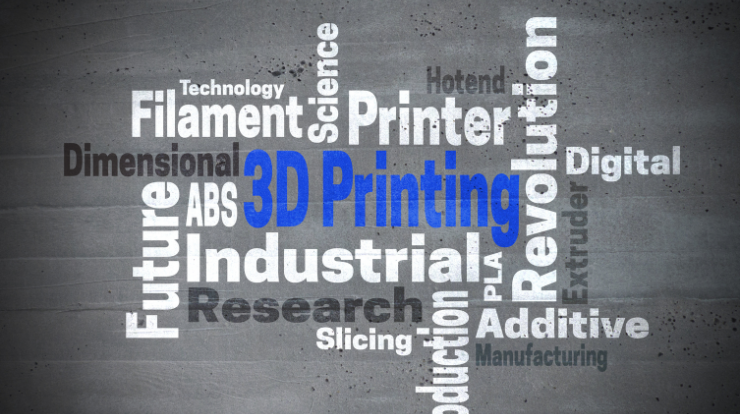Food waste is a significant challenge facing the global food industry, with vast amounts of food being discarded at various stages of production, distribution, and consumption.
In recent years, 3D printing technology has emerged as a promising solution to address this issue by offering more efficient and sustainable methods of food production.
In this article, we will explore how 3D printing contributes to tackling food waste in the industry and its potential implications.
Understanding the Scope of Food Waste:
Before delving into the role of 3D printing, it’s crucial to understand the extent of the food waste problem in the industry.
According to the Food and Agriculture Organization (FAO) of the United Nations, approximately one-third of all food produced for human consumption is lost or wasted each year, amounting to roughly 1.3 billion tons.
This wastage occurs at various stages of the supply chain, including production, processing, distribution, and consumption, posing significant economic, social, and environmental challenges.
Efficient Utilization of Ingredients:
One of the key ways in which 3D printing addresses food waste is by enabling more efficient utilization of ingredients. Traditional food manufacturing processes often result in wastage due to overproduction, trimming, and imperfect shaping.
However, with 3D printing, food items can be produced with minimal material wastage, as only the necessary ingredients are used in the printing process.
Moreover, 3D printing allows for precise control over the composition and structure of food products, enabling chefs and food manufacturers to optimize ingredient usage and minimize excess material. This reduction in wastage not only improves economic efficiency but also contributes to sustainability efforts by conserving resources and minimizing environmental impact.
On-Demand Production:
Another way in which 3D printing helps address food waste is by facilitating on-demand production. Traditional food manufacturing processes often involve large-scale production runs to meet anticipated demand, leading to excess inventory and the risk of food spoilage.
However, with 3D printing, food items can be produced on-demand as needed, eliminating the need for large-scale inventory storage and reducing the risk of wastage.
By leveraging digital design tools and additive manufacturing techniques, chefs and food manufacturers can produce food items in small batches or even on a per-order basis, ensuring freshness and minimizing the likelihood of surplus inventory.
This just-in-time production approach not only reduces food waste but also improves inventory management and operational efficiency.
Utilization of Surplus and By-Products:
Additionally, 3D printing offers opportunities to utilize surplus ingredients and by-products that would otherwise be discarded. For example, food waste such as fruit and vegetable peels, pulp, and trimmings can be processed into edible pastes or powders and used as raw materials for 3D printing.
By converting these otherwise wasted resources into value-added products, 3D printing helps reduce the overall amount of food waste generated by the industry.
Moreover, 3D printing enables chefs and food designers to experiment with unconventional ingredients and incorporate them into innovative food products. This not only reduces waste but also fosters culinary creativity and promotes sustainable consumption practices.
Educational and Awareness Initiatives:
Beyond its operational benefits, 3D printing also plays a role in raising awareness and educating consumers about the importance of reducing food waste.
By showcasing the potential of 3D printing to transform surplus ingredients into nutritious and appetizing food products, chefs and food manufacturers can engage consumers in discussions about sustainable food practices and responsible consumption habits.
Through educational initiatives, cooking demonstrations, and public outreach efforts, the food industry can leverage 3D printing as a tool for promoting food waste reduction and fostering a culture of sustainability.
By empowering consumers with knowledge and practical solutions, 3D printing contributes to a more informed and conscientious approach to food consumption and waste management.
Conclusion:
In conclusion, 3D printing technology offers a range of solutions to address food waste in the industry, from efficient ingredient utilization and on-demand production to the utilization of surplus resources and educational initiatives.
By leveraging digital design tools and additive manufacturing techniques, 3D printing enables chefs and food manufacturers to minimize wastage, optimize resource utilization, and promote sustainable consumption practices.
As the food industry continues to grapple with the challenges of food waste, 3D printing holds promise as a transformative tool for driving positive change and fostering a more resilient and sustainable food system.

